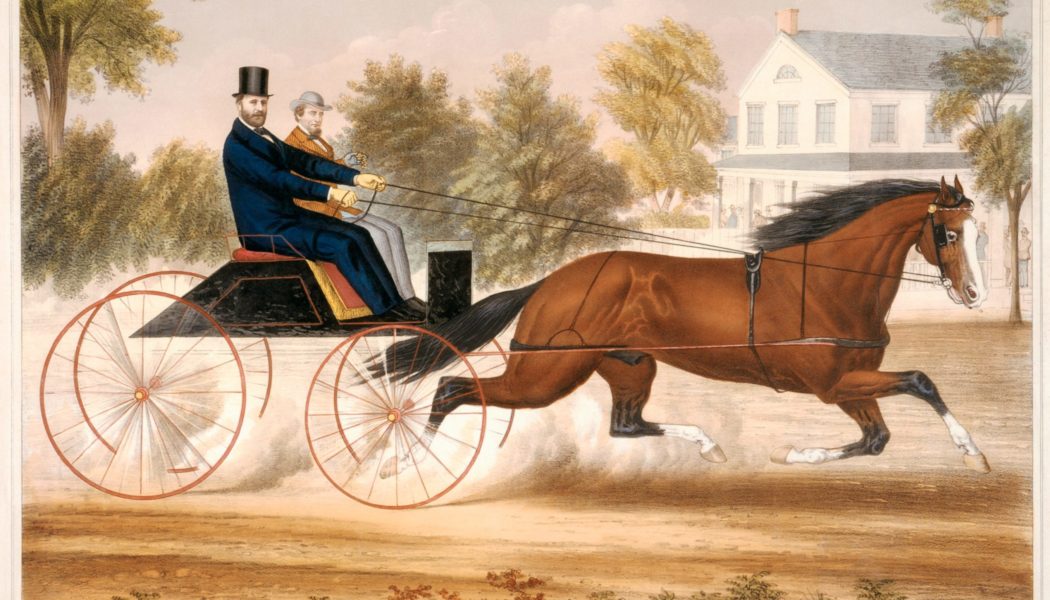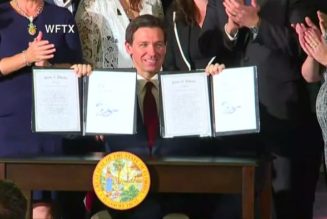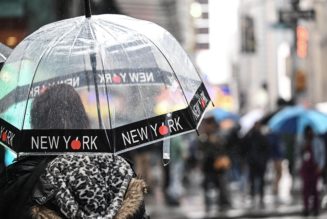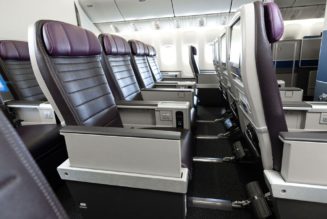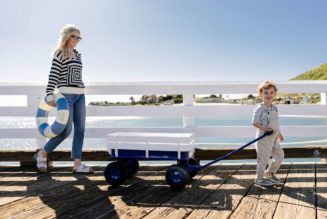
For more than two centuries the evolution of travel has given our presidents a broader view of the world, made them more accessible to those they serve, and propelled America’s rise to global leader.
Eighty years ago this month, President Franklin Roosevelt became the first sitting president to travel by air. A secret flight hopscotched 7,000 miles across South America and Africa to Casablanca, where FDR met with British Prime Minister Winston Churchill to discuss wartime strategies that would shape the world to come.
It was also a decisive moment for the development of the modern presidency. For more than two centuries the evolution of travel has given our presidents a broader view of the world, made them more accessible to the people they serve, and propelled America’s rise from a nascent and rather isolated country into a global leader.
For the earliest presidents, presidential travel typically meant riding in a carriage, pulled by horses that were a key element of pre-industrial life.
Many attended horse races, and Zachary Taylor and Ulysses S. Grant brought their wartime mounts with them to the White House. Stables were a feature of the White House grounds, with horses on standby 24/7 for messengers.
The use of trains post-Civil War
By the time of the Civil War, trains had become the new normal. President Abraham Lincoln – who promoted railway construction as a state senator and had served as an attorney for the Illinois Central Railroad – traveled by locomotive from Springfield to Washington, D.C., for his first inauguration, stopping along the way to make speeches reassuring Americans that the Union would persevere.
Four years later, a train draped in black and silver bore Lincoln’s remains back to Springfield, returning through many of the same towns the president-elect had greeted in 1861. “At every cross-roads,” wrote one observer, “the glare of innumerable torches illuminated the whole population from age to infancy kneeling on the ground, and their clergymen leading in prayers and hymns.”
For 19th century presidents, train travel was a revolutionary way to connect to the country they governed. For example, Grover Cleveland’s 23-day train trip in 1887 drew crowds in the tens of thousands across the Midwest and South. (By the time he got to Pittsburgh, just 250 miles from the White House, he was already farther west than he had ever been.)
See where presidents vacationed: Where’d you spend your summer vacation? How does it measure to presidents’ favorite spots?
Cleveland’s hands grew so sore from receiving-line handshakes that he held them behind his back, bowing to well-wishers who reached out to touch his suit. The president was discovering his country through his own eyes – even as the idea of personally engaging a president was expanding to Americans outside of Washington.
Roosevelt goes abroad
Theodore Roosevelt’s 1906 trip to Panama broke a presidential taboo on traveling abroad, a byproduct of geographic isolation and distrust of foreign monarchies. (“His Voyage Violates the Traditions of the United States for Over a Hundred Years,” read a New York Times headline.) Roosevelt staved off boredom on the battleship Louisiana by reading and walking the decks. Stopping to tour Puerto Rico on his return, his car had to be dragged across a river by oxen.
Roosevelt’s successor William Howard Taft was an enthusiast for the emerging automobile (though congressional funding for the first two White House cars came only after protests from representatives such as Thetus Sims, who dubbed cars “a genuine, all-around nuisance”). Taft was the first president to attend an auto show, and President Woodrow Wilson and first lady Edith Wilson shared an inauguration box with the president of the American Automobile Association.
More White House History:
The evolution of holidays at the White House: Christmas trees and Hanukkah celebrations
Trail of Tears to a Tribal Nations Summit: The White House’s role in Native American history
An American cultural tradition: Roosevelt, Lincoln and the Obamas. The stories behind iconic presidential portraits.
By 1921, Warren G. Harding became the first president to forgo a horse in favor of a car in his inaugural parade, a Packard Twin 6. (But even in more modern times, horse-drawn caissons were used in the funeral processions of Presidents John Kennedy and Ronald Reagan.)
World War II brings caution to travel
World War II brought more security precautions to presidential transportation. The Secret Service switched to armored limousines. A private rail car for President Franklin Roosevelt was fitted with protective steel plates from top to bottom, weighing in at 285,000 pounds – the heaviest ever built in the United States. By 2009, President Barack Obama was riding in a heavily armored DTS Cadillac – dubbed “The Beast” – that took two years to build, with encrypted secure communications and a fold-out desk for work.
President Harry Truman returned to train travel for his famous 1948 campaign whistle stop tour, traveling more than 28,000 miles to deliver nearly 350 speeches. His efforts to speak directly to the American people won him another term.
But when he tried to get some R&R cruising up the New England coast on the presidential yacht Williamsburg, the constant gun salutes and other distractions wore him down. “Everybody and his brother whom I didn’t want to see tried by every hook or crook to rope me into letting him come aboard or having me seen with him,” he wrote his mother. Truman rerouted to Bermuda for 10 days of swimming, movies and poker (and a courtesy call on the island’s governor – in a horse-drawn carriage).
The evolution a century later
The transportation revolution has reshaped what it means to be president, in ways that have changed world history. Theodore Roosevelt and William Howard Taft visited two places outside the United States between them, Panama and Mexico.
More than a century later, George W. Bush and Barack Obama traveled to 309 places on six continents, accompanied by their Marine One helicopter and a pair of presidential limousines. At the Ronald Reagan Presidential Library and Museum, tourists can walk through the Boeing 707 that presidents from Richard Nixon through Ronald Reagan used to extend American leadership across the world.
As Obama prepared to be inaugurated in 2009, he boarded an old-school rail car to retrace part of Lincoln’s 1861 journey to Washington. Crowds once again lined the tracks, but now they took pictures with their cellphones. The president-elect waved from the caboose, gave speeches along the way and got off to shake hands.
Even in the 21st century, travel offers an escape from the isolation of the White House – and a way for Americans and their leaders to stay better connected.
Stewart D. McLaurin, a member of USA TODAY’s Board of Contributors, is president of the White House Historical Association, a private nonprofit, nonpartisan organization founded by first lady Jacqueline Kennedy in 1961.
